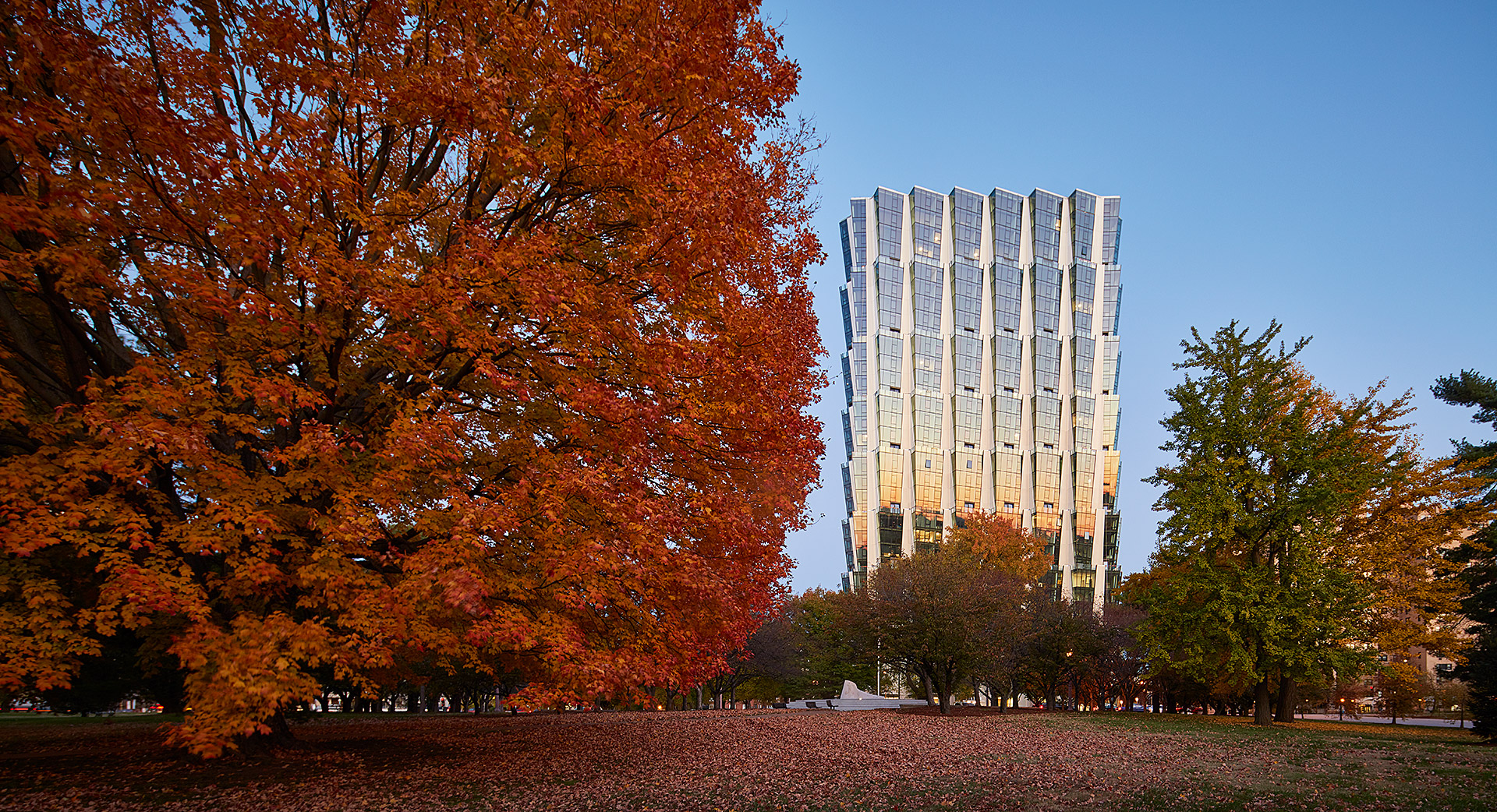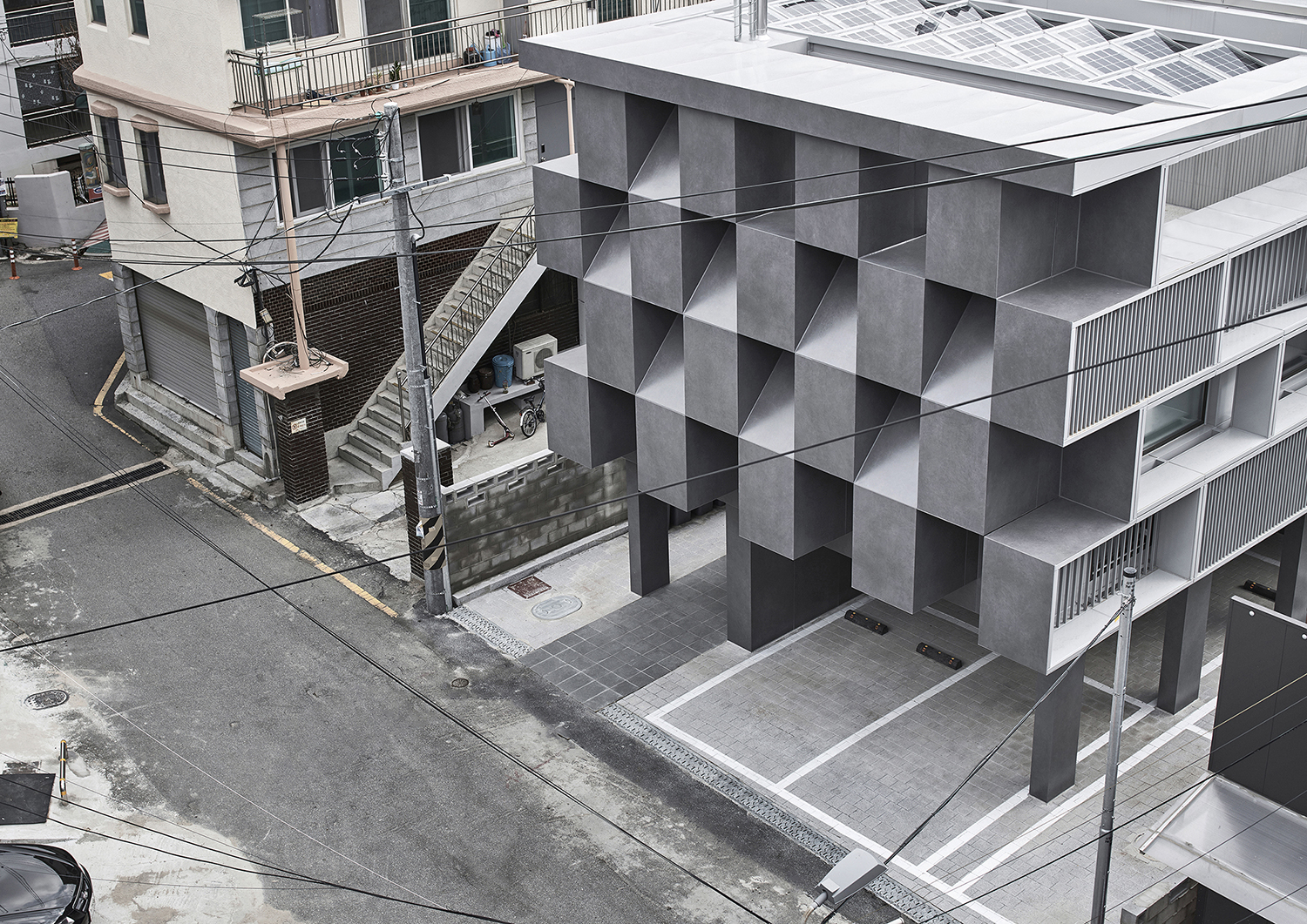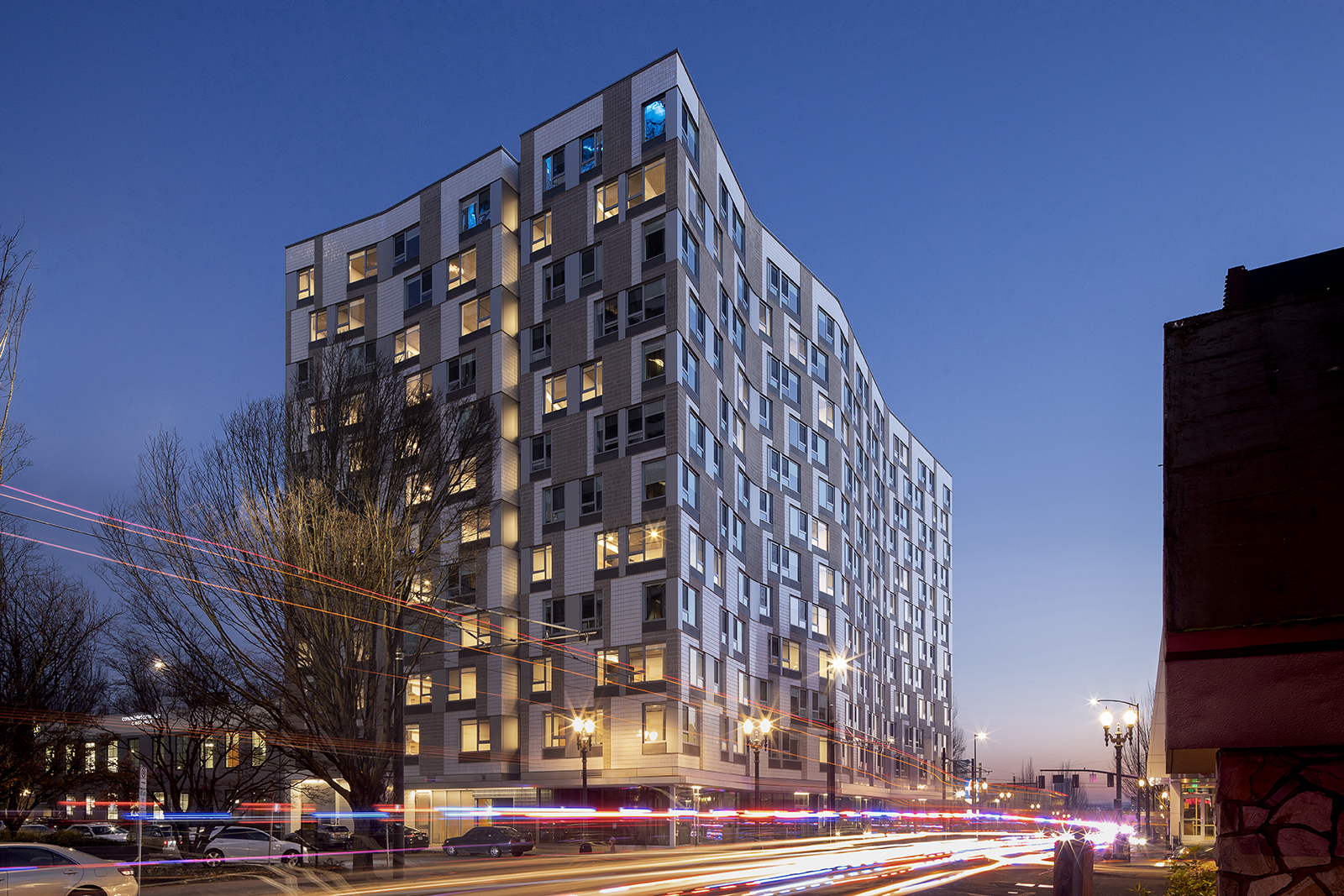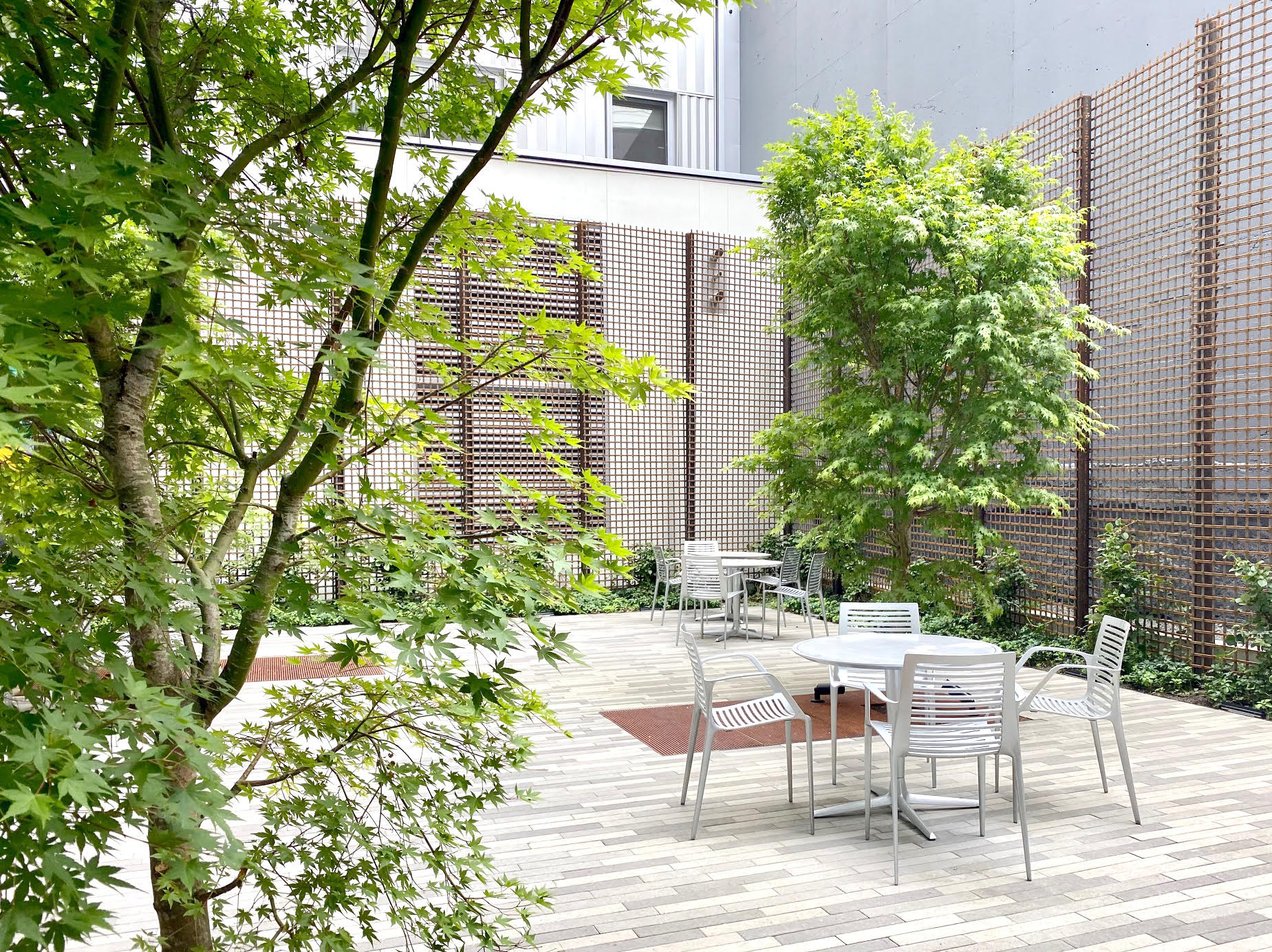Architects: Want to have your project featured? Showcase your work by uploading projects to Architizer and sign up for our inspirational newsletters.
“The Global Housing Crisis” is a phrase that has appeared in conversations within the architectural community for decades. It’s a topic that crops up at irregular intervals, highlighting that despite the myriad of plans and promises from presidents, politicians, investors, banks, and everyone in-between, the disparities across the housing market have not been rectified over time. If anything, things are only getting much, much worse.
Today, conversations on the global housing crisis constantly linger in the peripheral of professional and personal discussions. Yet, the problem directly affects an entire generation of people; even more devastating is its disproportional effect on our societies’ most marginalized and vulnerable lives. Catchphrases like ‘gentrification,’ ‘political agenda’ and ‘financialization of real estate’ are used to try and rationalize why the majority of the world’s population cannot afford safe, permanent shelter.
Understanding why something is happening is only the beginning in finding the solution to end it. While architects do not control the political and economic variables that structure the cost and availability of housing, architectural voices are vital components of the conversation.

One Hundred by Studio Gang, Saint Louis, MO, United States.
The cost of renting a studio apartment in Saint Louis’s newest residential apartment block is over $2000 per month, which is around half the median salary of someone who lives in the city. While the design quality of the building itself is exceptional — winning it a 2021 A+Award in the High Rise category — projects like this leave specific unanswered questions about the ability of the wider city to offer affordable multi-unit housing to lower-income families.
Housing and homeownership have changed exponentially over the years thanks to mortgage-backed securities. Post the 2008 financial crisis, homes and land became a highly profitable global investment commodity. As a result, the housing market has become one of the leading pillars of our capitalist economy; with its potentially huge profit margins, land and real estate are being hoarded globally by the wealthy.
3D Printing Process by ICON Photograph by Regan Morton Photography
Unfortunately, there is a considerable gap between the homes offered by the formal housing market and many people’s incomes. At the same time, neoliberal approaches have exacerbated the affordability gap with a reduction in welfare and the funding for council housing. From 2010 to 2020, the average property price per square meter in the USA has risen by 153.3% and 74.9% in the UK. Meanwhile, the average income in the US only increased by 13.7% and by a mere 0.6% in the UK. The result is the displacement of the poorest in our society. People who have lived in neighborhoods for decades can no longer afford to live there, and unregulated landlords force evictions so they can raise rents.
Paired with the increased population and a lack of new housing globally, truthfully, it all makes for grim reading. Thankfully, there are swathes of people who understand the unfairness of the current system and are desperate to right the many wrongs throughout the housing market. Legislation and restrictions are slowly being put in place to reverse the damages.
Forward-thinking policymakers are throwing all sorts of ideas at the problem, some good, some bad. From rent control to special taxes on landlords, nationalizing private property and most importantly, funding affordable housing, there are many exciting, innovative and stunning projects that aim to tackle the problem head-on, inspire others and make the world a fairer place.
![]()
![]()
The Chicon House by ICON, Austin, TX, United States Photographs by Regan Morton Photography
New technologies have always been used to facilitate change. They often come about as solutions to longstanding problems, and that is precisely how ICON began printing affordable homes.
The Chicon House is a 350 sq ft home printed in about 47 hours of print time across several days with the first-generation Vulcan printer — it was the first permitted, 3D-printed home in the United States. The home features two bedrooms, one bath, and a kitchen area surrounded by a large covered porch area. The project with housing nonprofit New Story was a prototype home designed with the developing world in mind where power, water and building supplies have inconsistent supply.
![]()
![]()
Community First! Village by ICON, Austin, TX, United States Photographs by Regan Morton Photography
The only neighborhood of its kind in the nation from nonprofit Mobile Loaves & Fishes. The Community First! Village was designed to provide affordable, permanent housing for people who have experienced chronic homelessness. ICON 3D printed a series of six homes for residents of the community. Each 400 sq.-ft. home features an en-suite bedroom, living room, bathroom and porch with sweeping views of the Texas sunsets.
In 2022, ICON and Lennar plan to build the largest ever neighborhood of 3D-printed homes, which are to be co-designed by BIG-Bjarke Ingels Group, offering a promising path toward delivering affordable, technology-driven dwellings that meet the ever-rising demand.

Hadaewon Housing by KKKL / Kim Kiwon & Kelly Lwu, Seongnam-si, South Korea Photographs by Choi Jinbo
Jury Winner, 2021 A+Awards, Residential – Public Housing
The egregious business practice of giant private equity and investment firms scooping up low-income and affordable homes, upgrading them, and substantially raising rents is business we see throughout our towns and cities. Gentrification plays a massive part in this practice. As one area of a municipality becomes popular, it becomes unaffordable. People and businesses are forced to take up residence elsewhere, popularizing a new neighborhood, continuing the cycle.
Very quickly, the epicenters of our cities and towns become utterly unaffordable for the typical buyer for those who want or need to live centrally, paying inflated rent to landlords is the only option—one which can scarcely be afforded by many. As a result, the diversity of our cultural hubs suffer while only the middle classes can survive in the most prosperous of areas. Social housing is the antagonist to this practice. 


The Louisa Flowers Affordable Housing by LEVER Architecture, Portland, OR, United States
Popular Choice Winner, 2021 A+Awards, Residential – Public Housing
Unlike its predecessor of previous generations, social housing in 2022 does not mean building poor-quality homes on the outskirts of cities and isolating minorities in those spaces. Instead, we are witnessing many architects and planners determined to provide low-cost, well-designed properties in central hubs.
The Louisa Flowers is Portland’s largest affordable housing development built in the last 50 years. The 12-story, 240-unit development is located in the Lloyd District, a commercially-vibrant neighborhood with access to the city’s public streetcar and bus systems. The project provides housing for residents earning at or below 60 percent of the median family income, with 20 units set aside for survivors of domestic violence.
The building honors Louisa Flowers, a respected African-American civic leader who settled in Portland in the late 1800s. This project speaks to her legacy by empowering diversity, equity, and inclusion in the same neighborhood in which she resided. Equity is also reflected in the project team make-up, with 30% of the project value awarded to minority-owned, woman-owned, and emerging small businesses.
From desperation and disparity often comes innovation and preservation. As architects and designers, we are afforded the opportunity to instigate change. It is uplifting to see so many practices seeking to right the injustices that have plagued us for so long, and it is with the hope that we seek to move forward into a new era of housing that is fair, safe and affordable for all.
Architects: Want to have your project featured? Showcase your work by uploading projects to Architizer and sign up for our inspirational newsletters.




